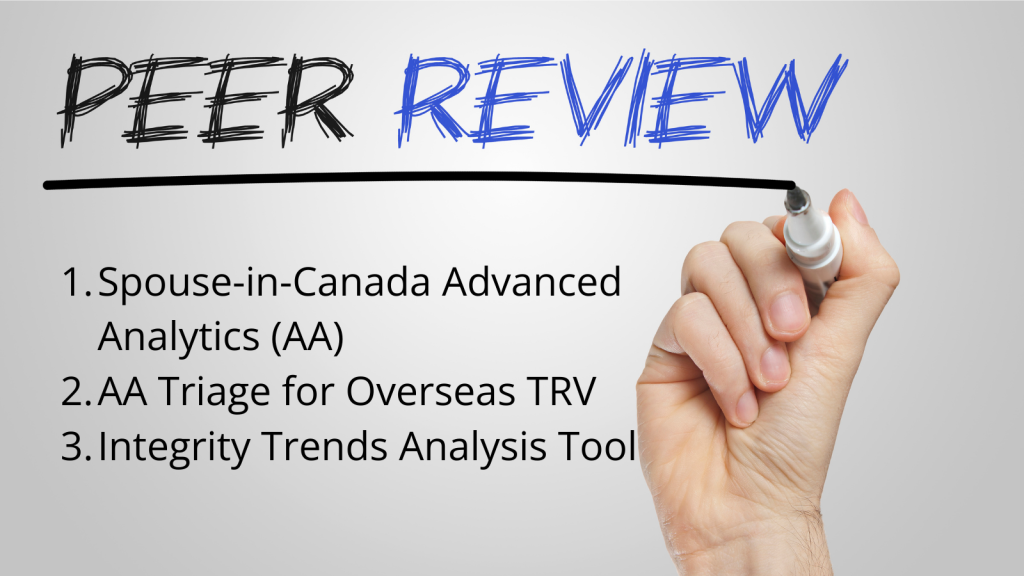Three Things You Likely Don’t But Should Know About How IRCC Assesses Your Study Permit Application
#1 – Your Application is Decided Using a Microsoft Excel Spreadsheet It might come as a surprise to you that IRCC utilizes the classic, but
Award-Winning Canadian Immigration and Refugee Law and Commentary Blog
#1 – Your Application is Decided Using a Microsoft Excel Spreadsheet It might come as a surprise to you that IRCC utilizes the classic, but
Back in February 2022, I testified in front of the Parliamentary Standing Committee on Citizenship and Immigration (“CIMM”) where I testified along with other witnesses
Furthering our work in uncovering what the Canada Border Services Agency (“CBSA”) is doing, I am sharing the draft Algorithmic Impact Assessment we have for
We have access to a new peer review thanks to the ATIP prowess of Andrew Koltun. This one is for the Automation Tools on Privately

This is part 2 of a two-part series sharing Op-Eds I wrote for my Law 432.D course titled “Accountable Computer Systems.” This blog will likely

As a public service, and transparently because I need to also refer to these in my own work in the area, I am sharing three
I wrote this Op-Ed for my Law 432.D course titled ‘Accountable Computer Systems.’ This blog will likely be posted on the course website but as
Recently I have been reading and learning more about AI Hype Cycles. I first learned this term from Professor Kristen Thomasen when she did a
Will Tao is an Award-Winning Canadian Immigration and Refugee Lawyer, Writer, and Policy Advisor based in Vancouver. Vancouver Immigration Blog is a public legal resource and social commentary.
he/his/him
Acknowledges that he lives and works on the traditional, unceded territories of the Coast Salish peoples – sḵwx̱wú7mesh (Squamish), sel̓íl̓witulh (Tsleil-Waututh), and xʷməθkʷəy̓əm (Musqueam) nations.
This site reflects my personal opinions and views only and should not be relied on and should be verified prior to any professional use. Please note that none of the information on this website should be construed as being legal advice. As well, you should not rely on any of the information contained in this website when determining whether and how to apply to a given program. Canadian immigration law is constantly changing, and the information above may be outdated. If you have a question about the contents of this blog, or any question about Canadian immigration law, please contact the Author.